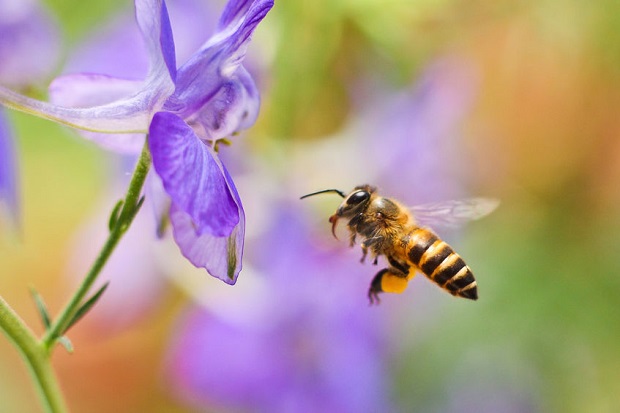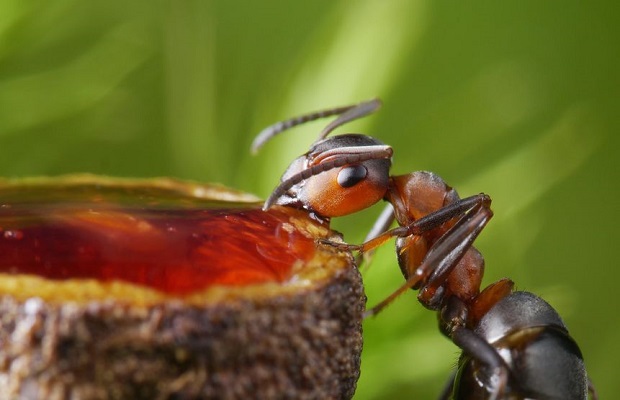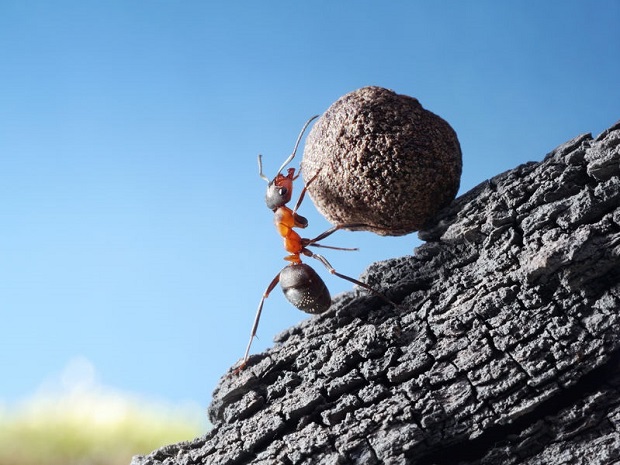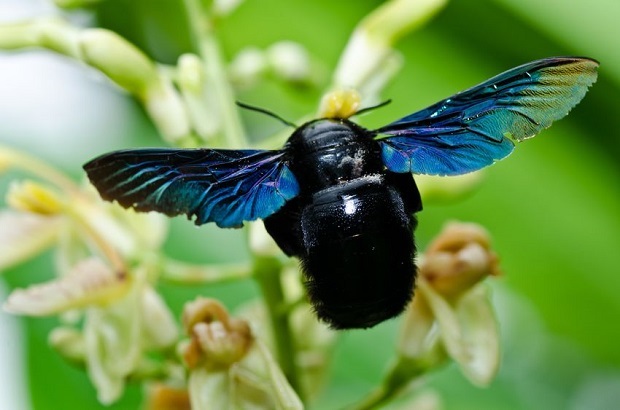
Do All Bees Sting?
All bees do not sting. The male bees of the more than 20,000 ((USGS – How many species of native bees are in the US)) species worldwide have no stingers and are incapable of stinging. ((University of Wisconsin-Madison Extension – Native Bees)) Some bees have evolved to have no stingers ((Michigan State University Extension – What do you really know about bees?)) while other bees have a stinger that is not strong enough to pierce human skin. ((LeBuhn, Gretchen (2013). Field Guide to the Common Bees of California. University of California Press.))
Bees That Don’t Sting
- Male Bees Do Not Sting
- Stingless Bees Do Not Sting
- Mining Bee Sting Is Barely Perceptible
- Bee Mimickers Do Not Sting
- Solitary Bees Rarely Sting
Male Bees Do Not Sting
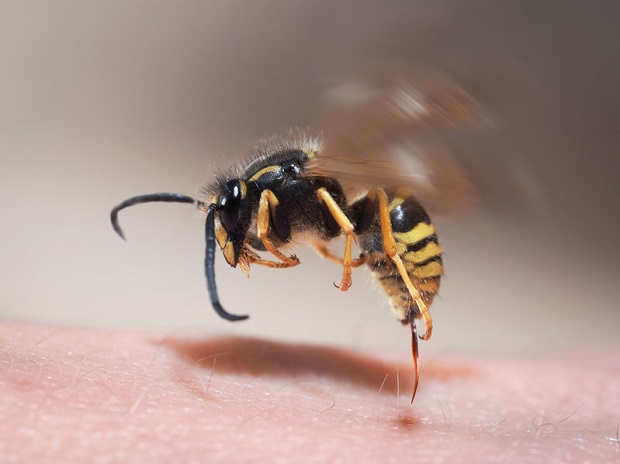
The tubular ovipositor through which female insects lay eggs has evolved into a stinger in female bees. ((University of Wisconsin-Madison Extension – Native Bees)) Since the male bee anatomy never possessed an ovipositor it never evolved into a stinger. In most colonies, for example, the honey bee colony, the drone’s only job is to fertilize the queen after which he dies. ((Mid-Atlantic Apiculture Research and Extension Consortium – Honey Bee Biology – The Colony and Its Organization))
Stingless Bees Do Not Sting
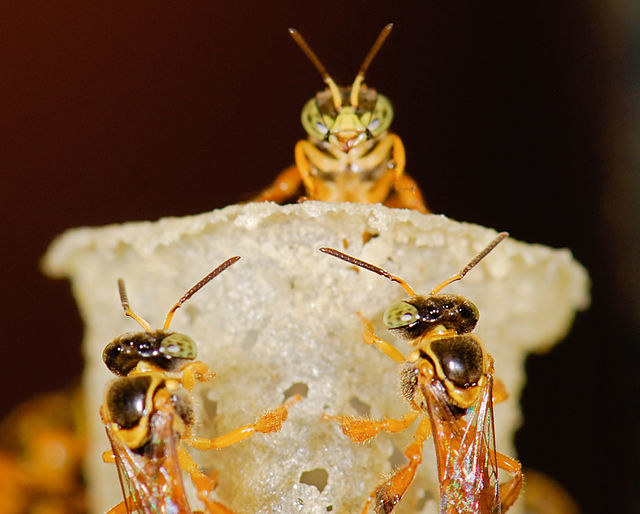
Copyright: Marshal Hedin
Wikicommons License
Apidae: subfamily Meliponinae
Stingless bees, also known as meliponines, are social bees that live in colonies found throughout the tropical regions of the world especially common in Central and South America. ((Grüter, Christoph (2020). Stingless Bees: Their Behaviour, Ecology and Evolution. Fascinating Life Sciences. Springer New York. ))
Meliponines are one of the four corbiculate bees that include honey bees, bumblebees, and orchid bees, which all carry pollen on their hind legs. With about 550 different species, stingless bees contain more species than the other three combined. ((Grüter, Christoph (2020). Stingless Bees: Their Behaviour, Ecology and Evolution. Fascinating Life Sciences. Springer New York. ))
Though they are closely related to honey bees and bumblebees all meliponines have lost the ability to sting. ((Grüter, Christoph (2020). Stingless Bees: Their Behaviour, Ecology and Evolution. Fascinating Life Sciences. Springer New York. ))
Mining Bees Sting Is Barely Perceptible
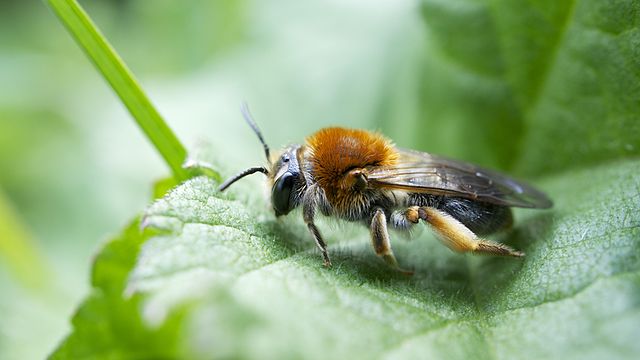
Copyright: Ian Kirk
Wikicommons license
Mining bees belong to the Adrenidae family and are found throughout the world except for Australia and southeastern Asia. ((LeBuhn, Gretchen (2013). Field Guide to the Common Bees of California. University of California Press.))
All 2,500 species of the Adrenidae family nest underground which is why they are commonly called miner bees. They are usually solitary but may be communal. Though the females of the species can sting, most describe the sting as very weak. ((LeBuhn, Gretchen (2013). Field Guide to the Common Bees of California. University of California Press.))
Bee Mimickers Do Not Sting
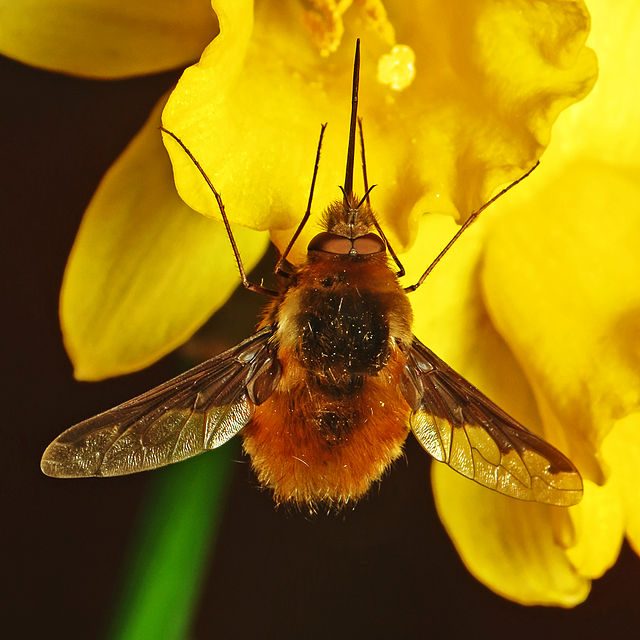
Copyright: Martin Cooper
Wikicommons License
Batesian mimicry is the term used for a harmless species that imitates a noxious species to avoid predators. There are many bee mimickers that look just like bees and perform the same actions as bees but do not have the ability to sting. ((North Carolina State University Extension – Hoverflies – Bee mimics provide pollination and biocontrol services))
For example, bee flies resemble bumblebees. They are just as efficient at pollinating flowers as their noxious counterparts without the ability to sting. ((US Forest Service – Bee Flies – A Pollinator with a Bad Reputation))
Solitary Bees Rarely Sting
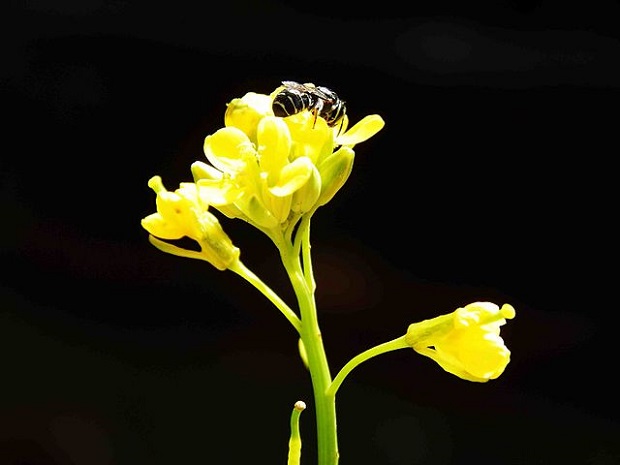
Photo Copyright: Nisthar Pattanayil License
When most think of bees they think of large nests filled with hundreds of bees. Interestingly, 90% of bee species are solitary bees. ((University of Arizona – College of Agriculture and Life Sciences – Solitary Bees))
As the name infers, solitary bees are not part of a colony. Many are ground-nesting such as mining bees, digger bees, and sweat bees. One female bee will make a tiny nest by burrowing a tube into the ground. Solitary bees often excavate tubes close to one another but only one bee resides in each tube. ((Michigan State University – Solitary bees in yards a temporary nuisance))
Unlike social bees that aggressively protect their large colonies, the solitary bee does not. In fact, the only instance that a solitary bee will sting is if it is mishandled. ((Purdue University Extension Entomology – Solitary bees and wasps: carpenter bee, cicada killer, and mud dauber))
